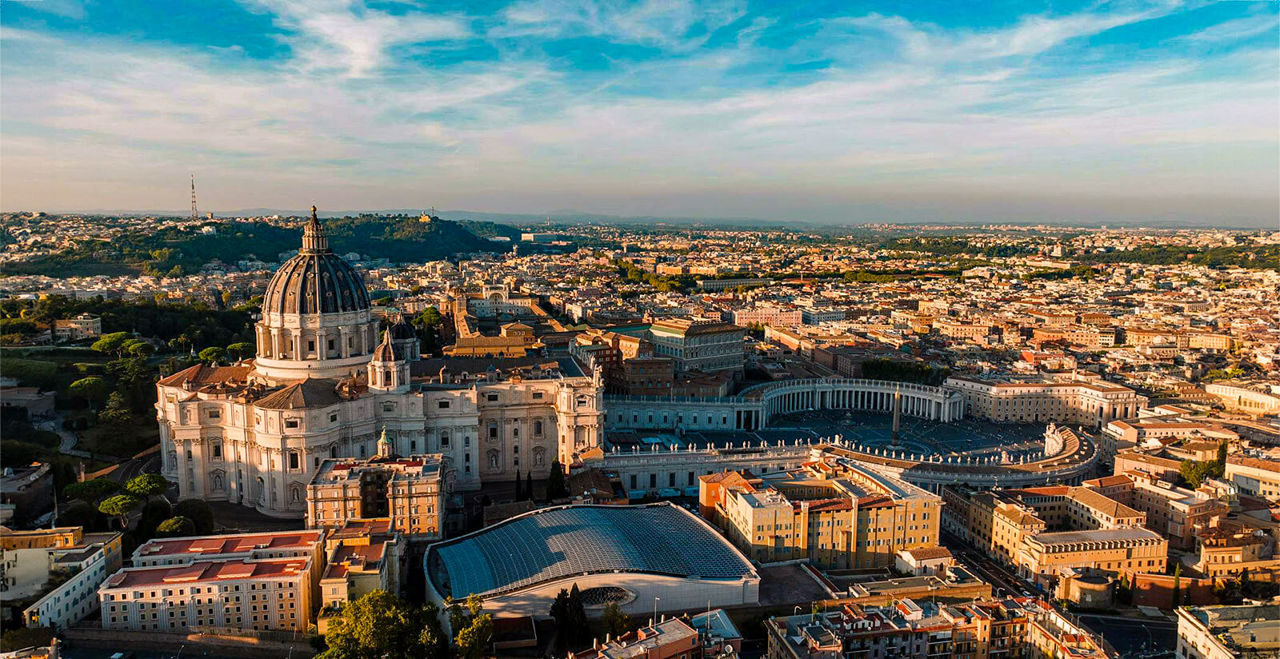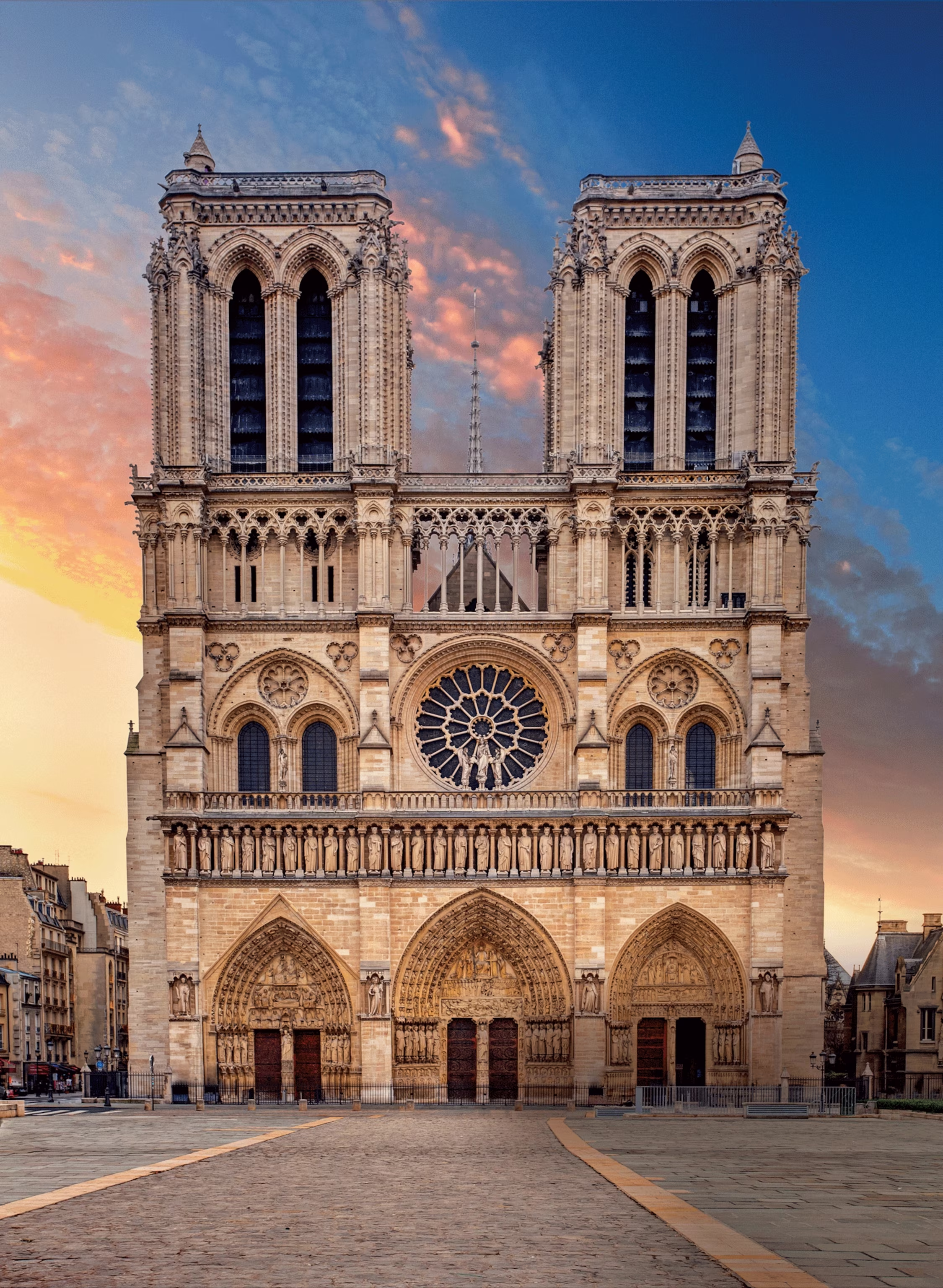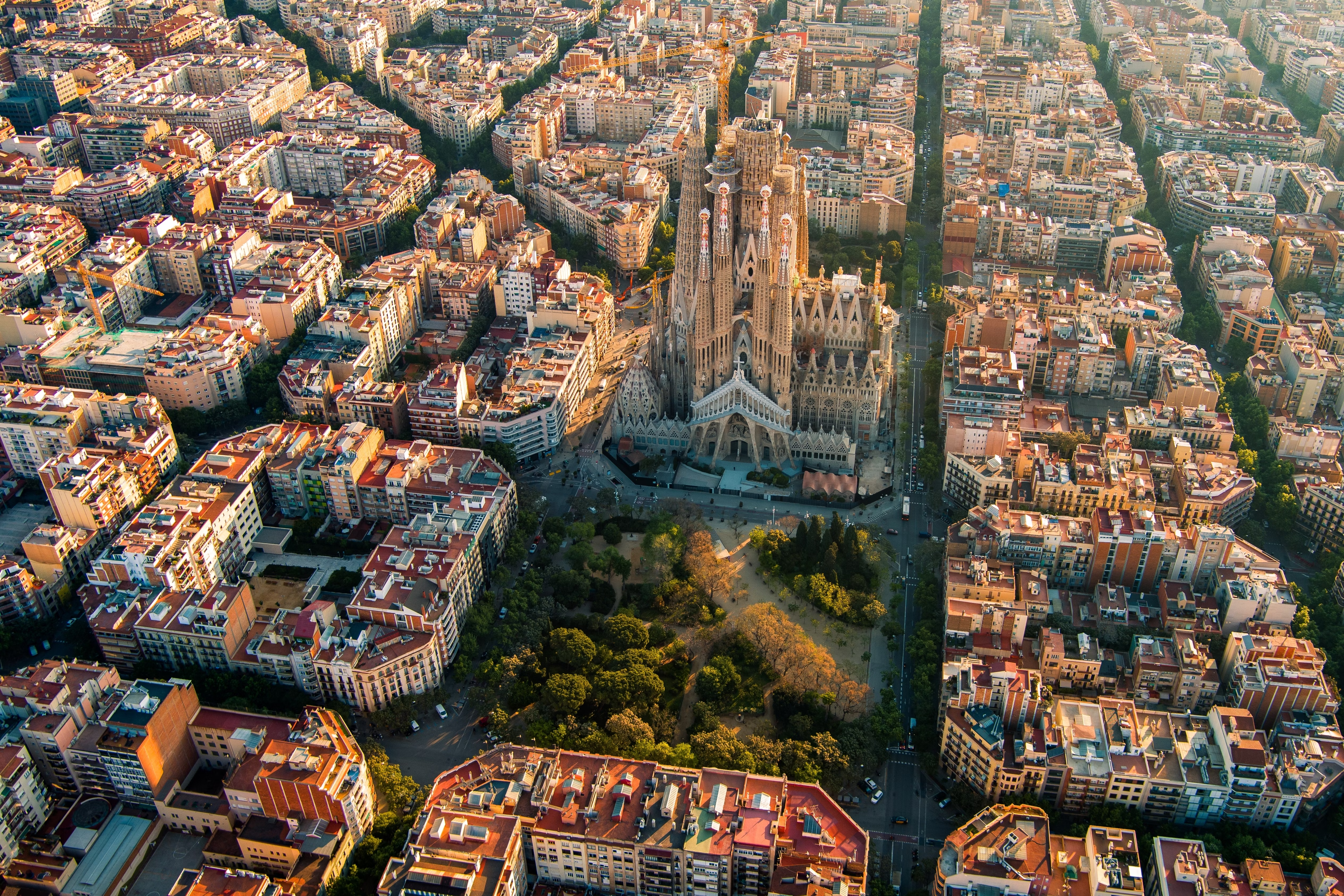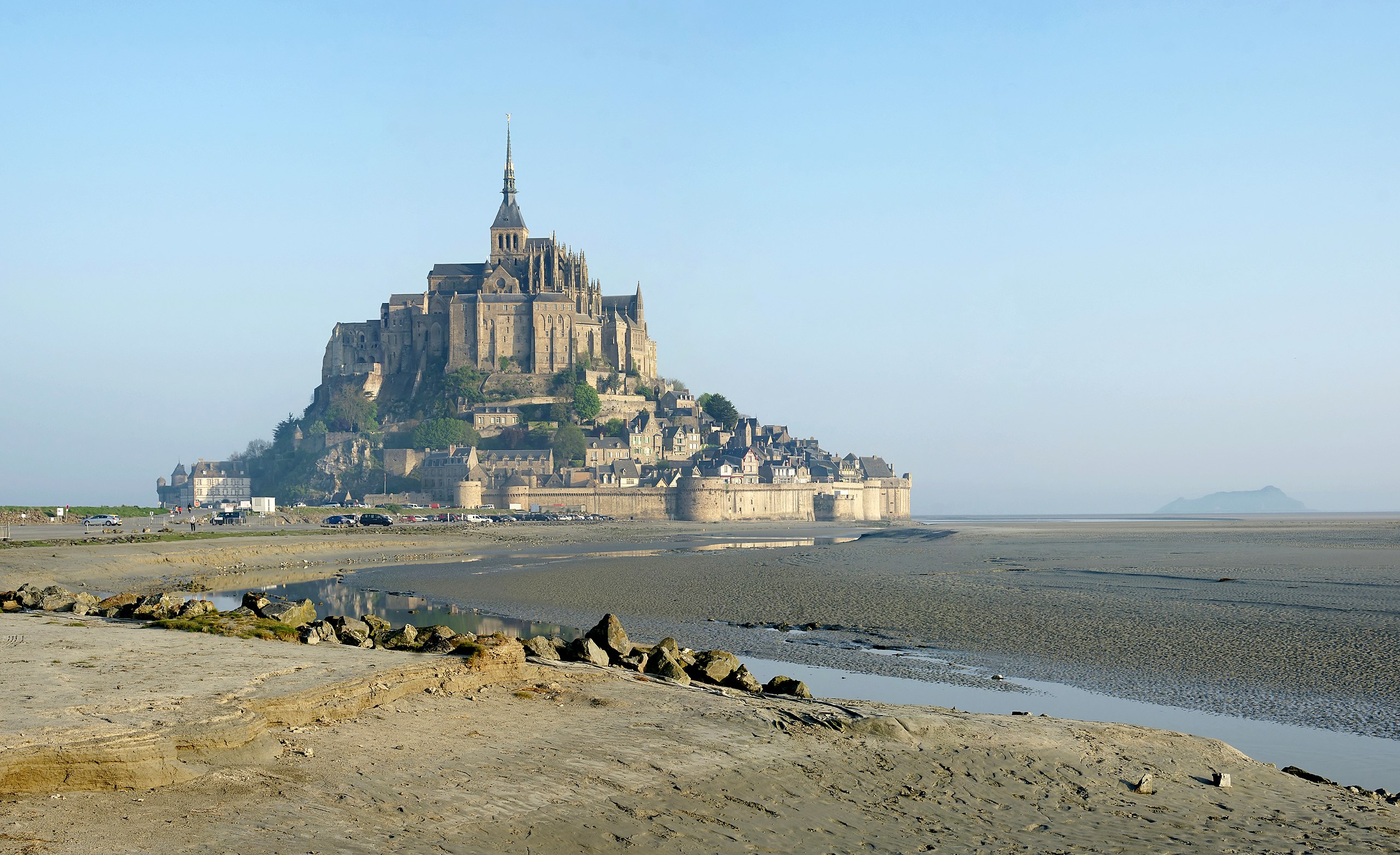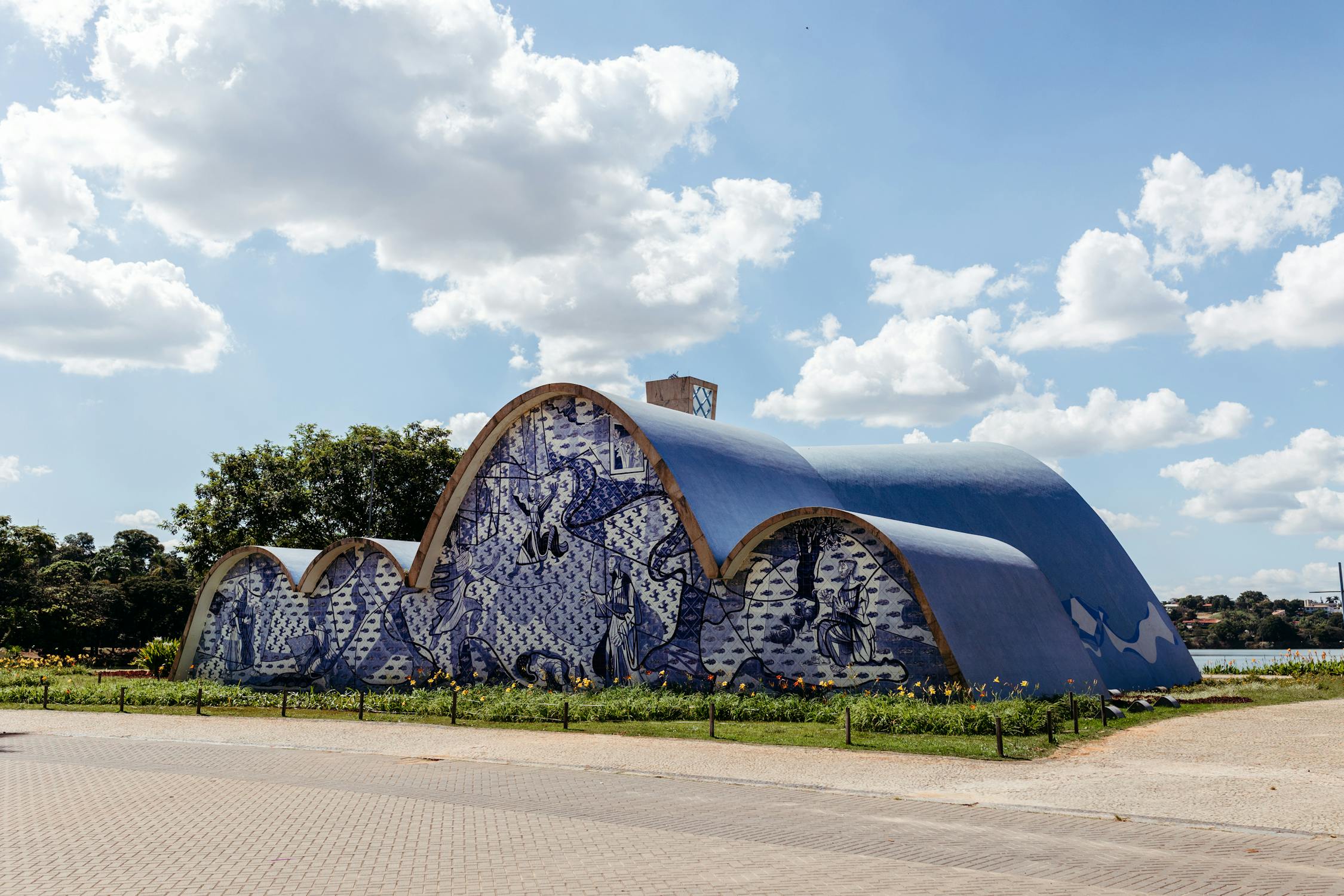
Church of Saint Francis of Assisi (Igreja de São Francisco de Assis)
Early masterpiece by Oscar Niemeyer, part of the Pampulha Modern Ensemble (UNESCO). Known for its bold parabolic concrete vaults and azulejo tile murals by Cândido Portinari.
Historical Context
Church of Saint Francis of Assisi (Igreja de São Francisco de Assis) was constructed during the modern period, specifically between 1940-1943. This era was characterized by significant developments in architectural techniques and religious expression.
The construction was commissioned by local religious authorities and took place during a time of industrialization and new construction technologies. The building has survived through centuries of history, witnessing wars, political changes, and cultural transformations.
Over the centuries, Church of Saint Francis of Assisi (Igreja de São Francisco de Assis) has undergone several renovations and restorations, each adding to its historical significance while preserving its original character and purpose.
